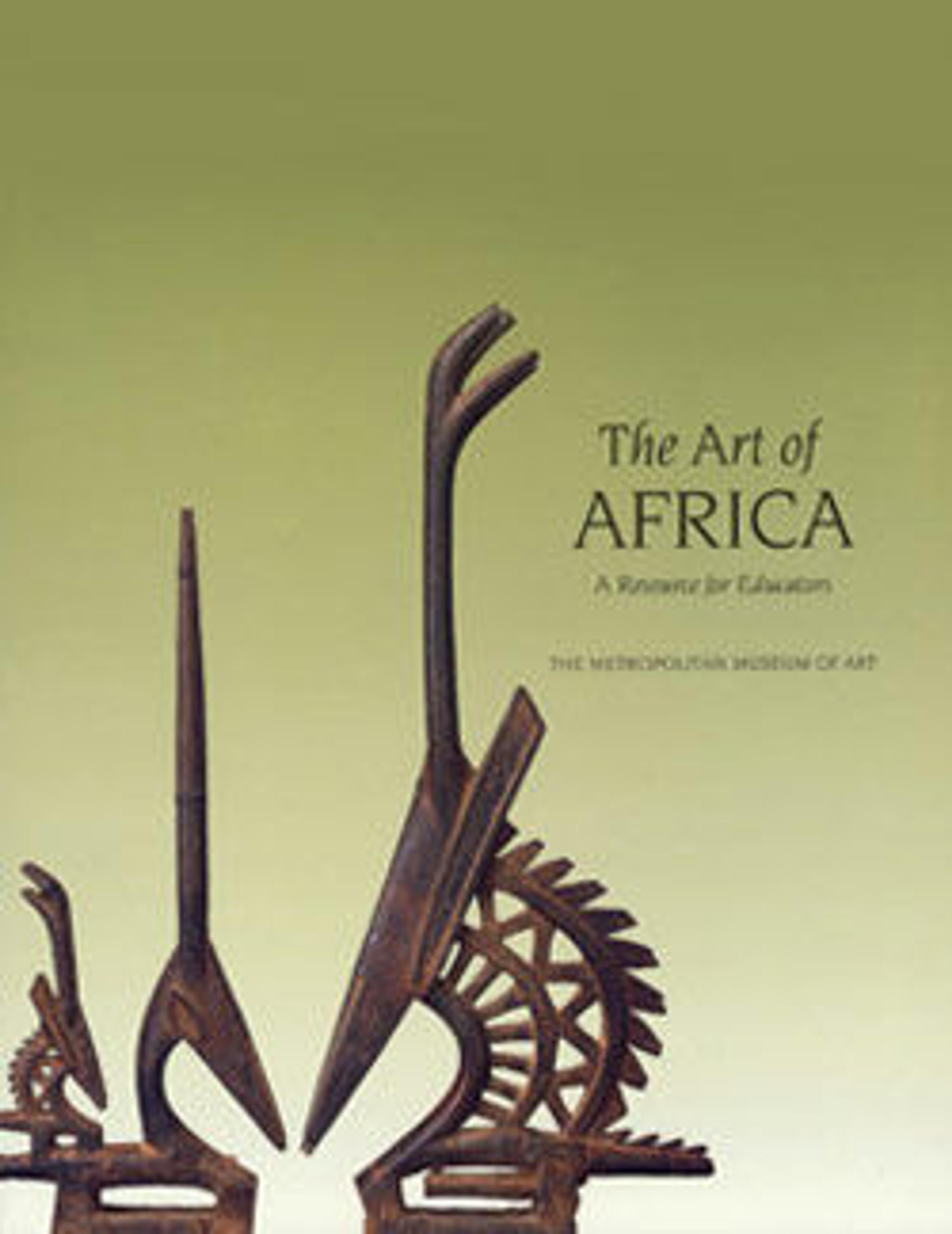Iphri shrine
Personal shrines, known as iphri in Ijo, are widespread in southern Nigeria. Such sculptures, dedicated to an individual's power, skill, and aggressiveness, are placed in screenlike fashion, accompanied by freestanding figures, on private altars. Fierce animal imagery is often emphasized, as in the sharp fangs and powerful open jaws of the beast shown here, which fuses elephant and leopard traits. Such attributes relate to the pursuit of warfare and commerce by Ijo men. The human figure seated above the animal represents the shrine's owner holding a cup for pouring libations and a fan, a symbol of his wealth and status.
Artwork Details
- Title:Iphri shrine
- Artist:Ijo artist
- Date:19th century
- Geography:Nigeria, Niger Delta region
- Culture:Ijo peoples
- Medium:Wood, pigment
- Dimensions:H. 25 7/16 x W. 9 3/4 x D. 10 1/8 in. (64.6 x 24.8 x 25.7 cm)
- Classification:Wood-Sculpture
- Credit Line:The Michael C. Rockefeller Memorial Collection, Purchase, Matthew T. Mellon Foundation Gift, 1960
- Object Number:1978.412.404
- Curatorial Department: The Michael C. Rockefeller Wing
More Artwork
Research Resources
The Met provides unparalleled resources for research and welcomes an international community of students and scholars. The Met's Open Access API is where creators and researchers can connect to the The Met collection. Open Access data and public domain images are available for unrestricted commercial and noncommercial use without permission or fee.
To request images under copyright and other restrictions, please use this Image Request form.
Feedback
We continue to research and examine historical and cultural context for objects in The Met collection. If you have comments or questions about this object record, please contact us using the form below. The Museum looks forward to receiving your comments.
